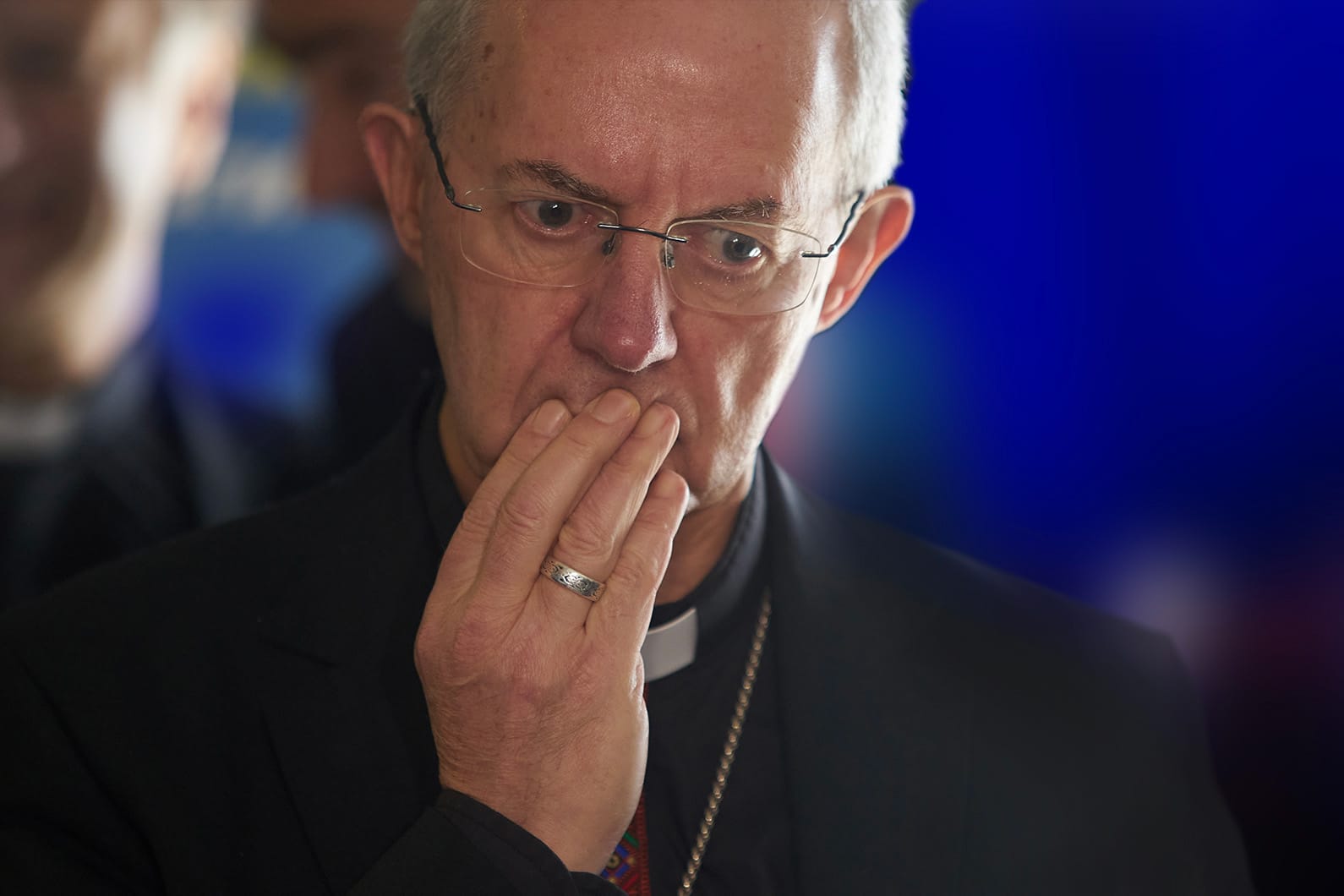Crises invariably bring the purpose and values of organisations at the eye of the storm to the fore. A spotlight is (rightly) shone on what they have committed to deliver and the standards they promise to apply.
For the Church, its purpose is its values; to provide believers with an unambiguous framework for how to live everyday life and make decisions.
And yet, when faced with an issue so serious that, from the moment it came to light, leadership decision-making should have prioritised support for those affected and generated immediate action to prevent further abuse, the Church of England’s leadership seemed curiously consumed by doubt.
The long-anticipated Makin Report confirms that Church leaders knew about John Smyth’s appalling abuse as early as the 1980s. It also flatly puts right the (extraordinary) statement from the Archbishop’s Council that his actions could be seen as overzealous corporal punishment, concluding that he committed ‘criminal acts of gross abuse.’
The Archbishop of Canterbury will likely reflect for some time on his decision, “Not to resign over this” – a statement that, in itself, questions his empathy towards the life-long trauma suffered by Smyth’s victims, made when it was already evident that the call was no longer his.
But simply removing the head leaves open to question the thinking of many leaders in the body of the Church. Those who committed to protect their flock but appear to have taken active and considered decisions to protect the institution instead; encouraging Smyth to leave the UK and rather than tackling him directly, failing to strengthen safeguarding when first reports of his abuse emerged, hesitant to involve the police when full details crystalised.
In a crisis, purpose and values are the compass by which to navigate when the road ahead is unclear. Knowing why you exist and what you stand for guides how leaders should evaluate their choices when information is incomplete, and environments are unpredictable.
At a time where the purpose of organised religion is in the spotlight, the Church of England, like the Roman Catholic Church before it, now needs to collectively take and act on a fundamental decision – does it exist to guide and protect 85 million Anglicans worldwide or does it put protecting the institution first?
Thank you for reading. For more insights please visit our blogs directory and insights page.

